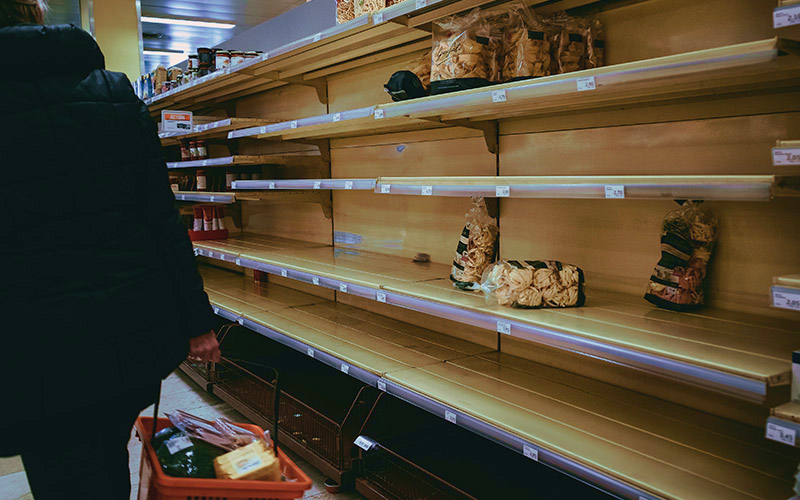Blue Yonder is committed to helping its customers face the unexpected. To provide insights into the COVID-19 coronavirus pandemic and its impact on supply chains around the world, we are delivering a blog series to help anyone looking for support and advice. Our experts, who have spent years in the supply chain industry, share their insights.
“Wash your hands.” This is advice we’ve all heard since before elementary school. Based on several studies that are out there, many of us are more than likely not always as consistent at this small habit. During this time of crisis, we should all be as diligent as possible with handwashing to prevent the spread the COVID-19 coronavirus.
As with hand washing, what might be deemed standard needs to be reevaluated for quality in your forecasts. Even if you are not consistently managing your exceptions and tuning your forecasts right now, these critical set of steps will ensure the cleanliness and usefulness of your demand forecasts for the next week, month and year ahead.
The COVID-19 crisis is driving massive disruptions across retail supply chains. These demand distortions are apparent in four distinct ways:
- Consumption: Household goods related to cleaning and sanitation are seeing significant increases in consumption. People are buying more products than normally forecasted and using them. For these items, there will be a continued, elevated demand. When the current crisis passes, demand will drop to ‘typical’ levels.
- Pantry Loading / Panic Buying: As consumers are faced with extended stays at home, we are seeing a pull-forward of demand. Consumers aren’t using more toilet paper or eating more frozen foods, they just want the peace of mind that comes with having several weeks of supply at their home. Once the current crisis passes, it is safe to assume there will be a demand drop as consumers use up the excess at their homes before buying again.
- Channel Shifts: In a non-statistically significant sample, I asked 10 friends (via text, of course) whether they are planning to use online ordering for groceries more in the next few weeks than they have in the past. All 10 said yes, with three of them confirming this latest crisis has spurred them to finally start a subscription service that they have been thinking about but had yet to pull the trigger. We will know more as we gather additional data, but it is safe to believe that a portion of the shift to online sales will hold after this crisis passes.
- Demand Losses: Industries such as hospitality, travel and luxury goods are already seeing demand dry up, with no real sense of how long it will last.
So, what is a demand planner to do?
First off, if you haven’t already done it, please convince your leadership team that you need a modern demand planning solution. The days of being able to predict demand with Excel are outdated and inefficient in this fast-moving environment.
That said, within your demand planning solution, below are a few key points to consider:
- For true consumption increase, note the cause (COVID-19 or something similar) and quantify the lift over baseline. This way it will be much easier to get back to baseline demand after the crisis passes, and easier for you or whoever owns these items next year to ensure you don’t comp this spike in demand.
- For demand losses, do the same to capture and document the cause for the below-baseline demand so that next year’s demand forecast isn’t improperly depressed.
- For pull-forward, you’ll need to manage this closely by collaborating with your supply planners to ensure the proper signals are in place to drive replenishment but be careful to not pick this up as an increasing trend. Otherwise you will be over-stocking a store with hundreds of 96-pack toilet paper after the spike has passed.
Finally, and of most importance, work with your software partner to gather tips, tricks and best practices from your peers and the industry. We are all in this together, and together we can get through it.
Learn more about the supply chain impacts of COVID-19 in our webinar: Managing Disruptions during the COVID-19 Pandemic


Comments are closed.